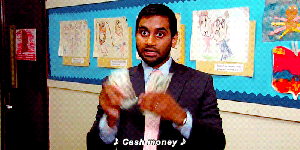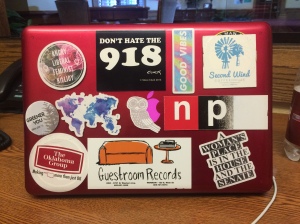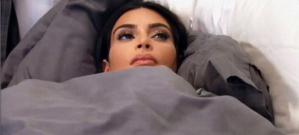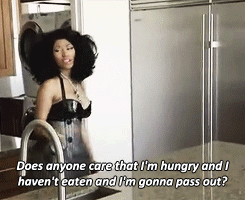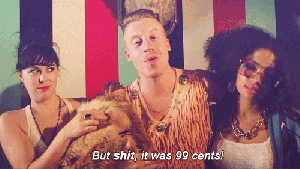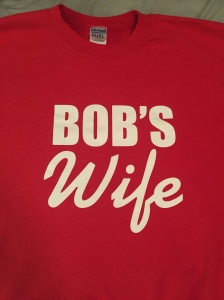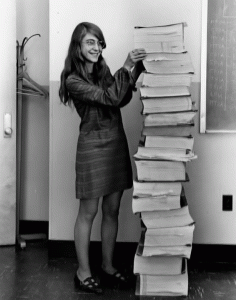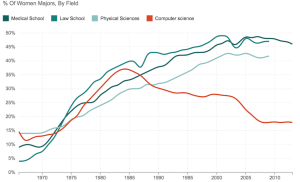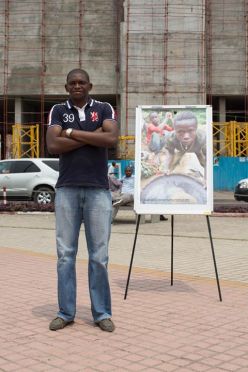By Armeen Namjou
As a child I either wanted to be one of three things when I grew up: a mailman, a firefighter or a paleontologist. In hindsight I don’t understand my desire to become either one of the former two, however the latter still seems really cool—but I digress. Today, I am a psychology pre-med student with little conviction if I want to pursue either of those careers, and riddled with so much self-doubt that even my advisor asked me why I always look so serious. If my childhood self knew what the reality of college was, I think he would have opted for mailman. Bottom line, I don’t know what I’m doing. That’s not a shocker to anyone who’s been or is in college right now, but it doesn’t make it any less stressful. So when I was asked to write for the blog this week, though I enjoy it, the anxiety-ridden part of my mind bemoaned the idea. I couldn’t help but think about all the other obligations, exams, and papers that were just trying to agitate my epilepsy. However, in all of this negative thinking, I thought of a topic that is universally hated and gives everyone profuse amounts of stress—student loans. And, since this is Students for Social Justice, I tried to see if student loans were in anyway connected to social justice—for example: did racial bias exist in relation to student loans, or do minority groups suffer more from college debt? Spoilers: they do, and the findings—unsurprisingly—have often been contradictory and have implications that are not black and white.
For my own sanity (and because this isn’t for a grade) I focused on only one sociological study that (I felt) did a nice job of grounding a lot of its claims in prior research, and even discuss research that contradicts their findings. The study, by Brandon A. Jackson and John R. Reynolds and published by sociological inquiry, sampled 8740 non-Hispanic white and non-Hispanic black college students ranging from age 16-25. The study then examined student loan use, cumulative student loans, enrollment persistence, those who received a bachelor’s degree, and any student who ever defaulted loans in each group and compared the two groups. The overall theme of the findings was: black college students seeking degrees will end up facing more debt vs. white college students.
In general, black college students had more student loans than white college students—58% of 48% respectively. Only about 10% of black college students received a bachelors degree with no federal loans—compared to 31% of white college students. When comparing students who did not complete a degree the racial contrast is even starker: one-third of black college students who took out federal student loans and didn’t finish a degree also defaulted on a federal student loan—the rate for white students is just under 9 percent. So not only does there seems to be greater consequences for black college students if they don’t complete a degree, but (as mentioned before) it seems that they will just in general face more debt compared to white college students.
So, what could be causing these discrepancies between white and black college students? The authors of the paper quote a phrase that (I think) nicely characterizes the issue—“sedimentation of racial inequality”. The term describes how racial disparities are a reflection of the cumulative disadvantages that past generations of had to face. So, black college students’ greater need for financial aid is can in part be explained by racial gaps in their parent’s income, wealth and education. So, basically, the effects of centuries of racism and oppression still linger (shocker). It seems then that (and I really wish I had thought of this analogy) the authors compare student’s loans for black college students as a Catch-22. Loans do attempt to bridge the racial gaps in parent’s socioeconomic status, thus increasing black students chances to attend college and complete college. Conversely, black students will more than likely, face more college debt to pay off and have higher chances of defaulting. It seems that for black colleges students, there is, compared to most, higher price to pay to pursue higher education.
Of course, like all scientific studies, this study is by no means prefect. Though, a lot of similar scientific literature has found similar racial disparities when, some of the evidence, the authors explain, is mixed. Also, a key argument this paper wants to make is that ultimately the pros of student loans outweigh the cons for black college students, however the authors cite a study by Kim Dongbin in which she comes to the opposite conclusion. On top of that, this study—along with the other studies it cites—analyzed data of college students from the late 1990’s and early 2000’s. So these reported racial disparities could have widened or shortened since then. Ultimately (like the end of every single scientific paper I have ever read states) we will have to wait for future studies to reassess and further explore these claims.
College is a wondrous place—that also happens to be littered in copious amounts of bullshit. It has allowed me to make myself feel like more of a grown up than I actually am. It’s a place where someone can someone can drunkenly approach you and proudly reminiscence about the threesome they had the night before (and to that girl, fucking rock on). It’s a place that gives you the rare opportunity to listen to both your heart and your brain and lets you decide what to do. But it also feels opulent in a way that I never appreciate but also resent: the pseudo-adulthood that it provides me sometimes makes me act like a privileged ass, and then I consequently resent college and myself in general for allowing me to act like a person I hate. And, what’s worse is that all of it so fucking transient. I mean out of the 100 (minus 95) friends I have made, how many will I actually try and keep in touch with? How many of them will want to keep in touch with me? I (hopefully) have another seven decades of life left, and you mean to tell me that a piece of paper, and paying loans off till that sixth decade is worth it? Is four years really long enough for me to know what I want to do for the next seven decades? I don’t know, and I’ve become oddly okay with that. I do know this: when I initially wrote this, I was consumed and agitated. And though those feelings are valid, when I started writing this I realized that the privileged asshole side of me was what was making me feel this way. I’ve grown up with family that’s very much academic orientated and have grown up in relative middle-class suburban comfort. And though I’ve gone through (and will continue to) go through shit that my friends and family will not have to go through I felt humbled reading that study. Student loans are a big part of that pile of bullshit that college has, and for some it will be worse and be more perverse in their lives than others. That’s not news to anyone, but sometimes I feel like we distance ourselves from that reality willingly or not—I know I can sometimes. It’s disheartening that someone’s pile of college bullshit will be statistically, larger than someone else’s, but I don’t want to end this with some TED talk faux hope. I’ll leave with this: if you want to work for a piece of paper, that’ll cost tens of thousands of dollars, definitely does not have the same value it once had, feel pressured to do it because everyone else is doing it, have to take classes that are irrelevant to your interests, deal with people that are irrelevant, and so much stress that your resting face is now a scowl—you should be able to do it without the side effects of centuries of prejudice.

